Dwarf Burning Bush | Euonymus alatus 'Compactus'
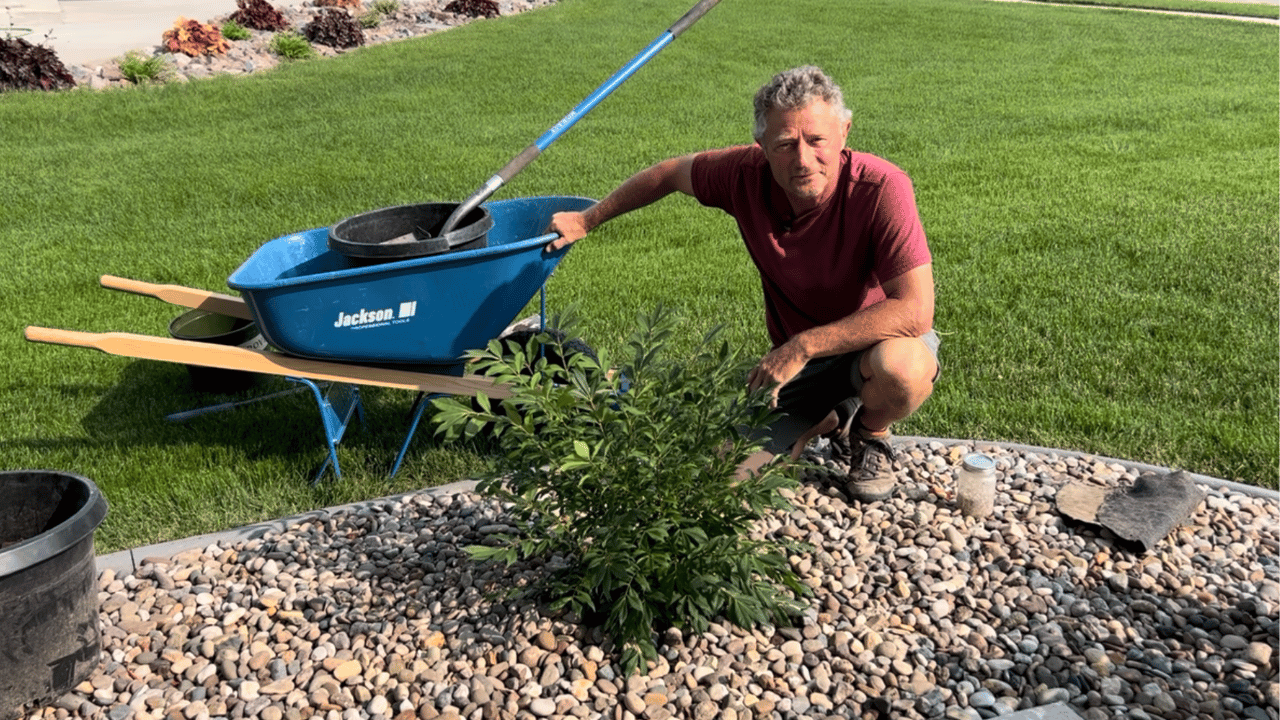
The Burning Bush gets its name from its scarlet red fall leaf color. I have seen the dwarf variety we will discuss here also have early fall colors that are more burgundy-purplish.
Here are the specs on this showy dwarf shrub:
- Height: 6-8'
- Width: 8-10'
- Hardiness: Zone 4-9
- Exposure: Full Sun to Part Shade
- Shape: Globe or Rounded
The Dwarf Burning Bush has densely packed leaves and a characteristic square twig. It naturally has a globe or rounded form and can be sheared for an even tighter, perfectly manicured shape. For this reason, it also works excellently for hedges.
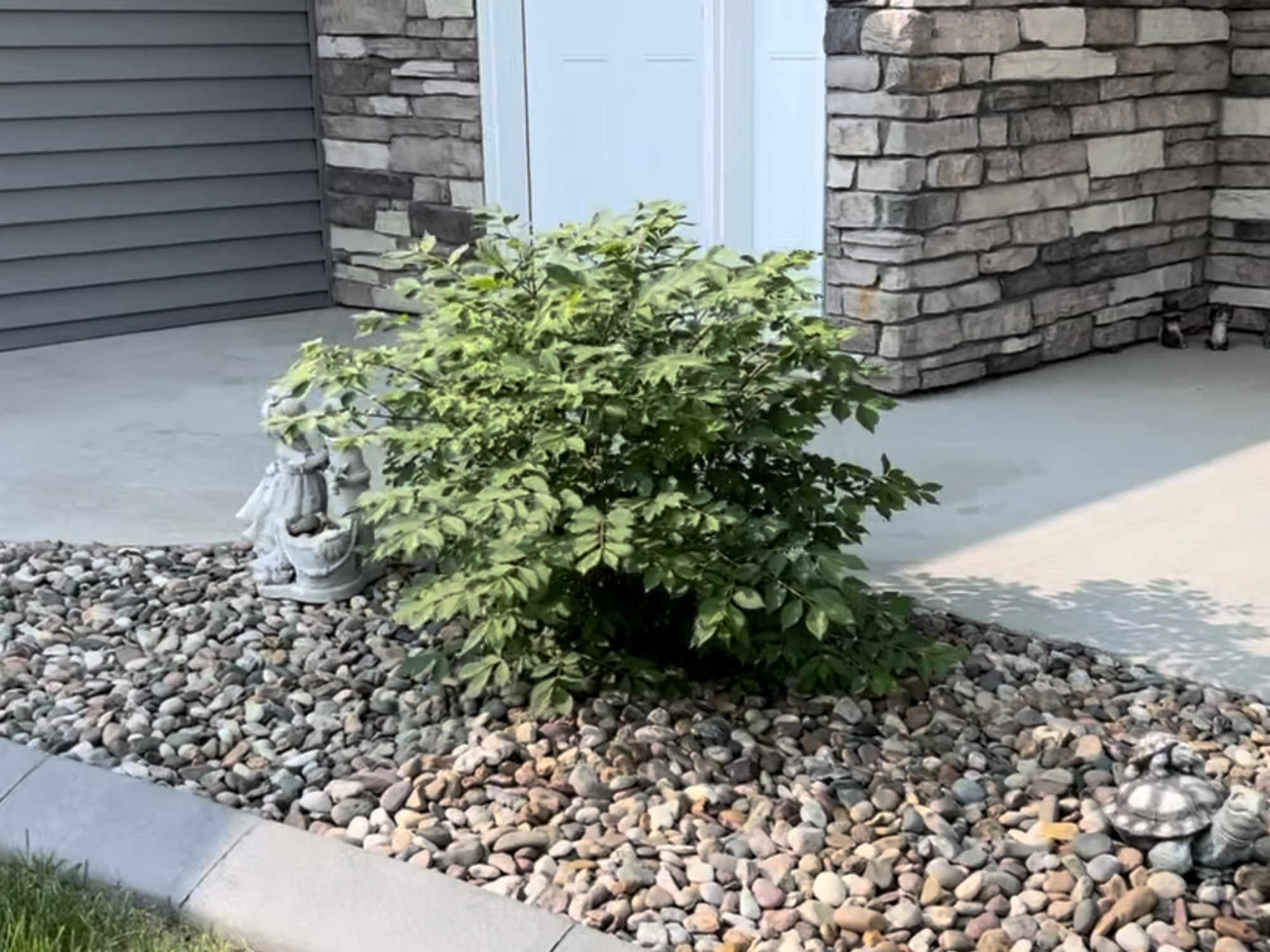
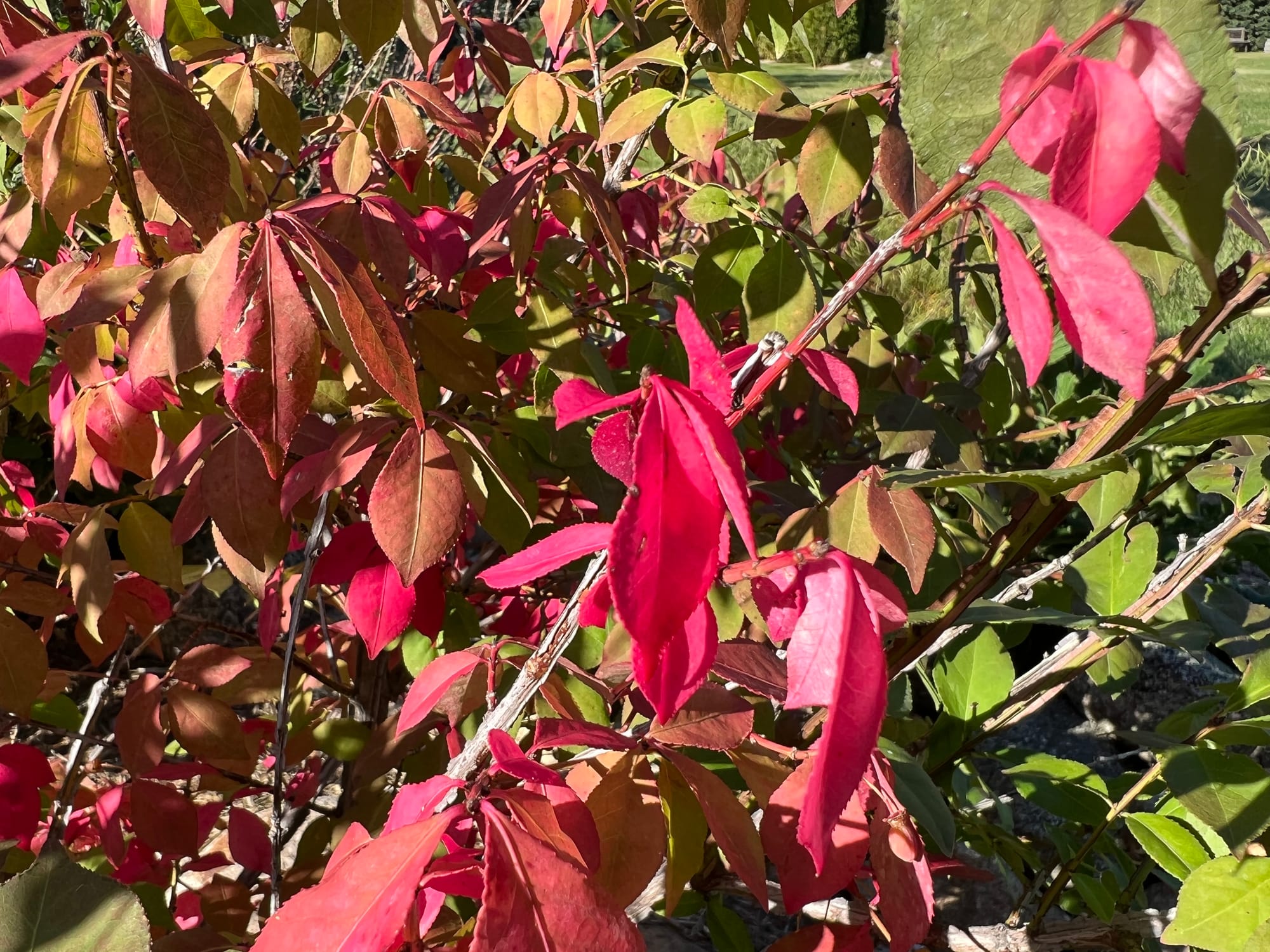
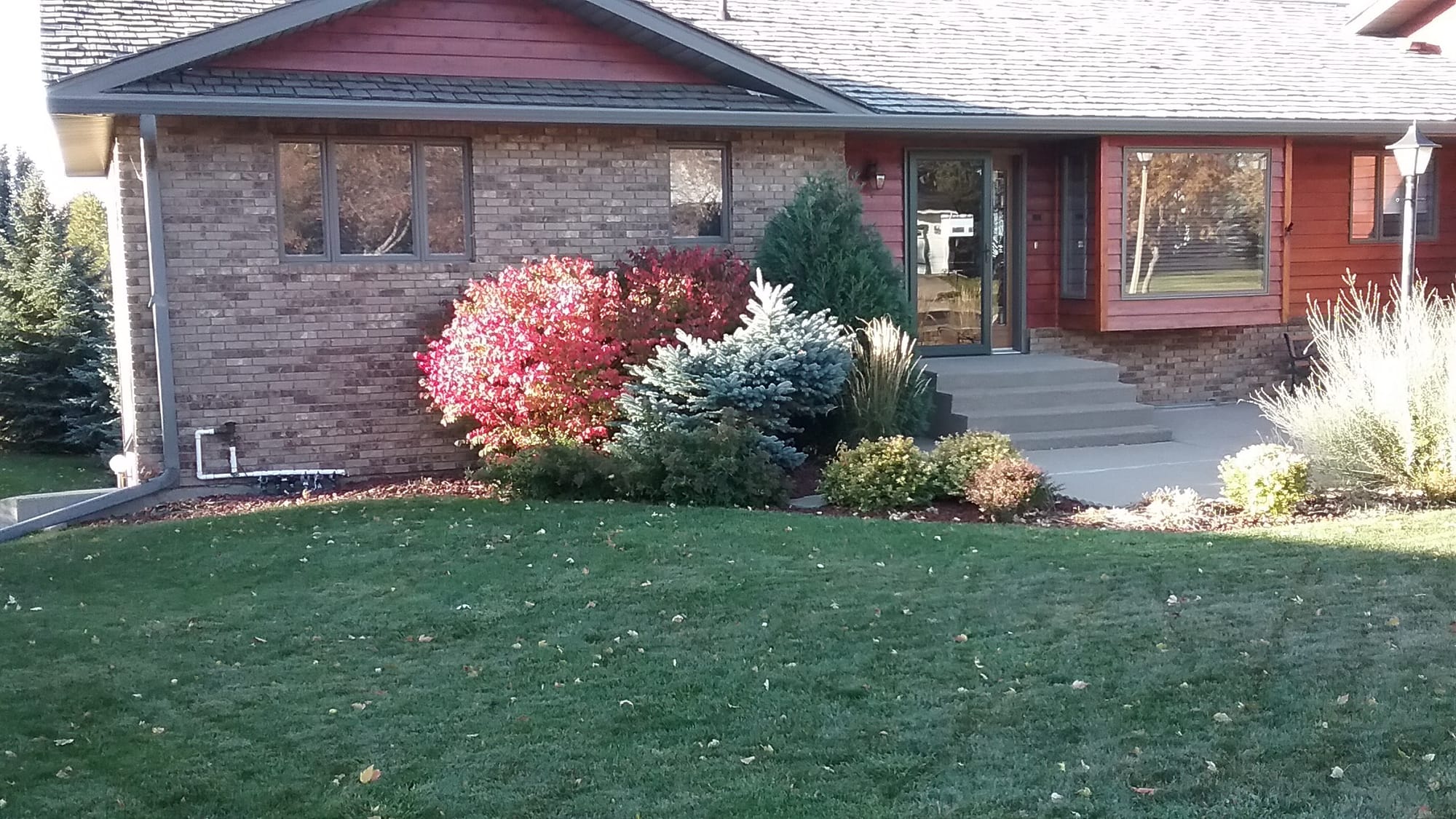
Dwarf Burning Bush
The parent plant of Burning Bush is often referred to as Winged Euonymus and can reach sizes twice as large as the dwarf varieties. The Winged Euonymus also has a much looser form and grows faster than the dwarfs. You will occasionally see the dwarf form with the "winged" name, Compact Winged Euonymus.
Even though the Burning Bush will tolerate part shade, full sun locations are best for achieving full color in the fall.
Unfortunately, the bark of all Burning Bush shrubs is a favorite food source in the winter for both rabbits and voles (field mice). I have seen beautiful specimen shrubs destroyed from girdling damage. Remember this, especially if you live next to native grass areas offering protection during winter months. The voles will travel out of these areas for Burning Bush desert.
The Burning Bush has an extensive fibrous root system and prefers consistent moisture but will not tolerate saturated locations. They will also tolerate dry locations but will decline where it is severe and prolonged.
It is my experience that the dwarf form of the Euonymus rarely flowers and, therefore, produces minimal fruit. The flowers and fruit are common and showy on the larger parent plant. Burning Bush is not invasive in my area, but check your region's recommendations before planting.
Since we are discussing plants in the Euonymus genus, I want to mention one of my favorite varieties, Euonymus bungeanus 'Verona.' The common name is Prairie Radiance Winterberry Euonymus. It is similar in size to the Winged Euonymus we referred to earlier. Its pink fall color and unique pink fruits set the Prairie Radiance apart. I have one growing in our landscape trained as a tree, and I love it. I've also included a photo of the shrub form on the bottom right.
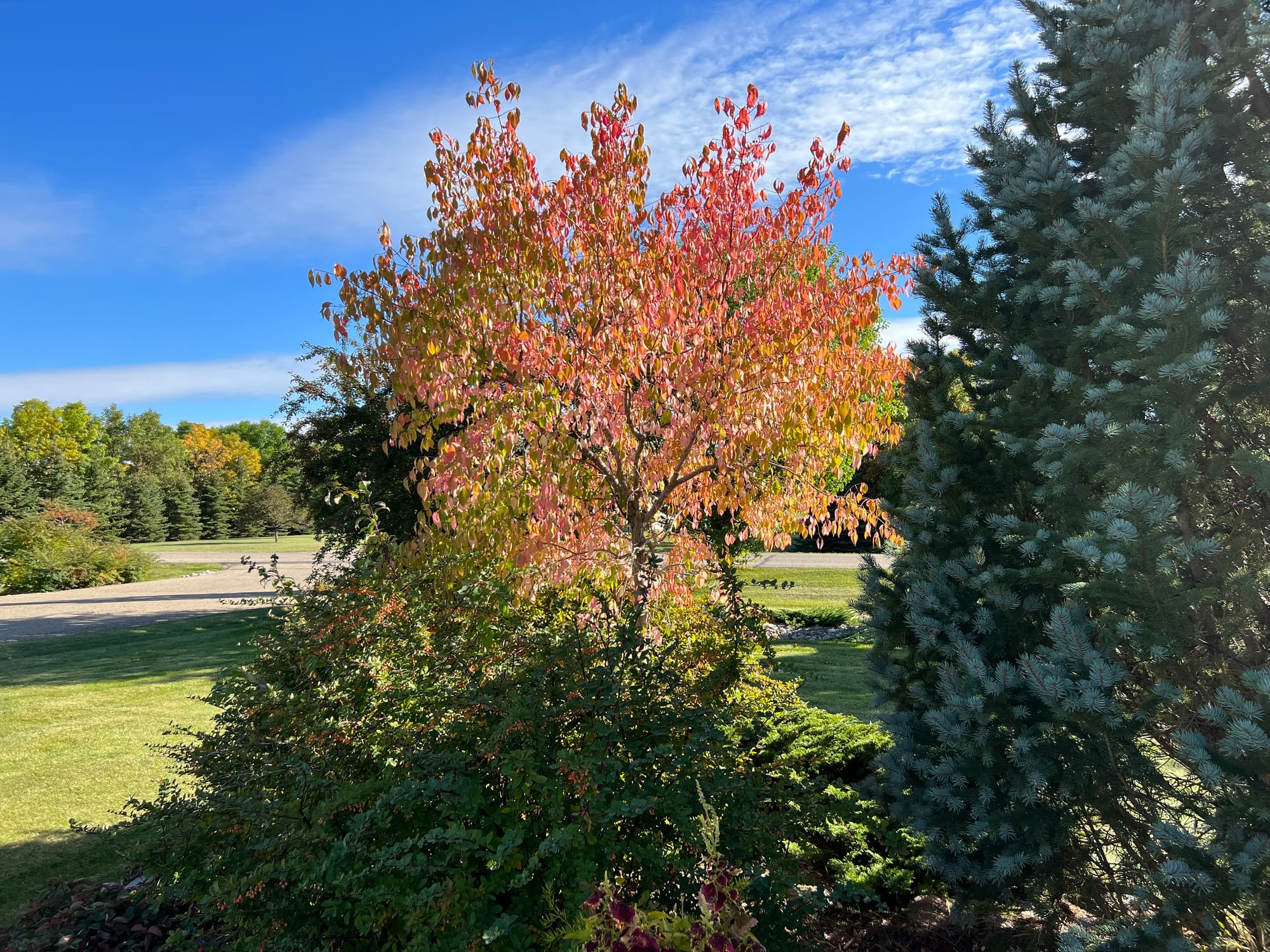
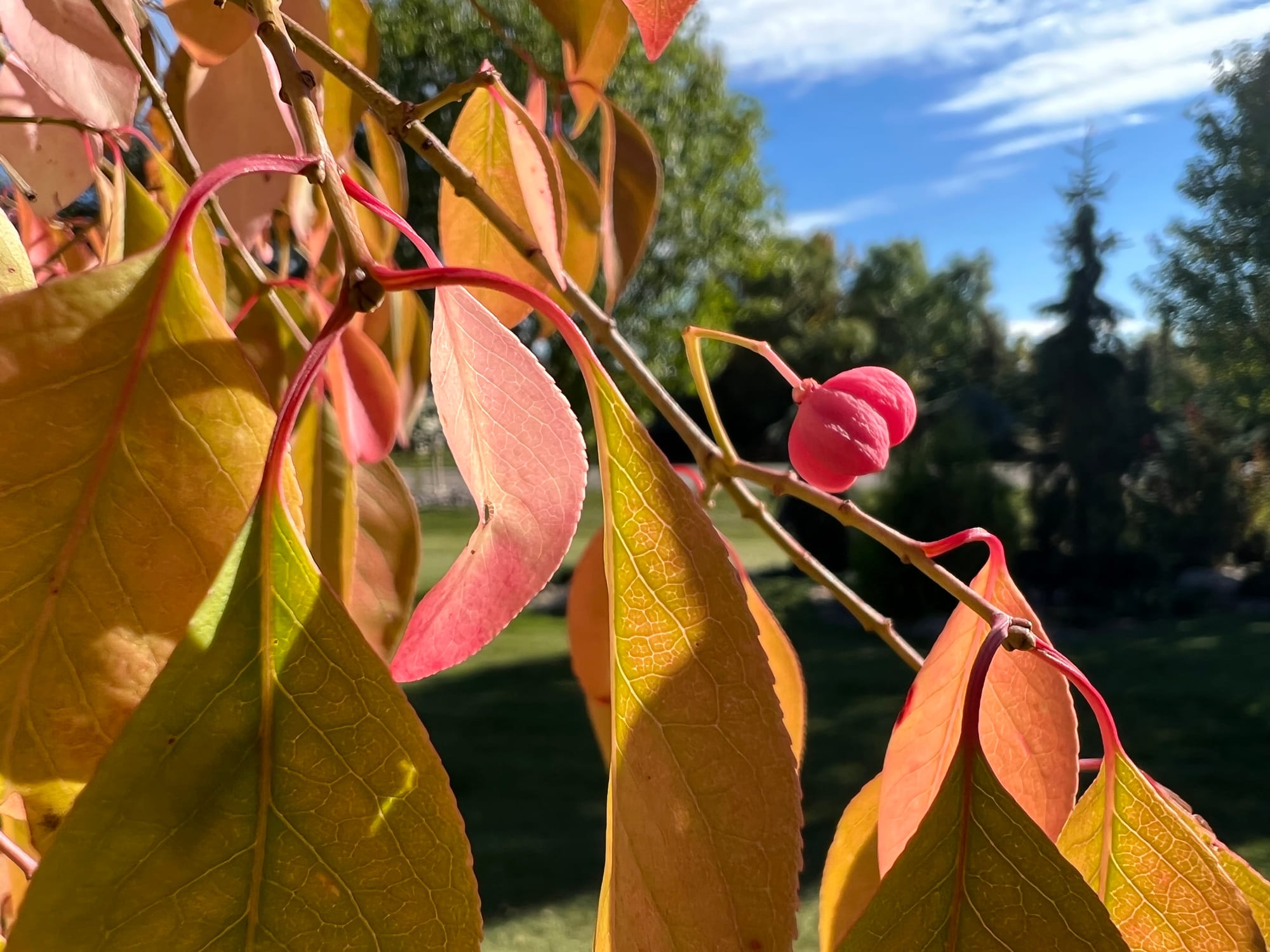
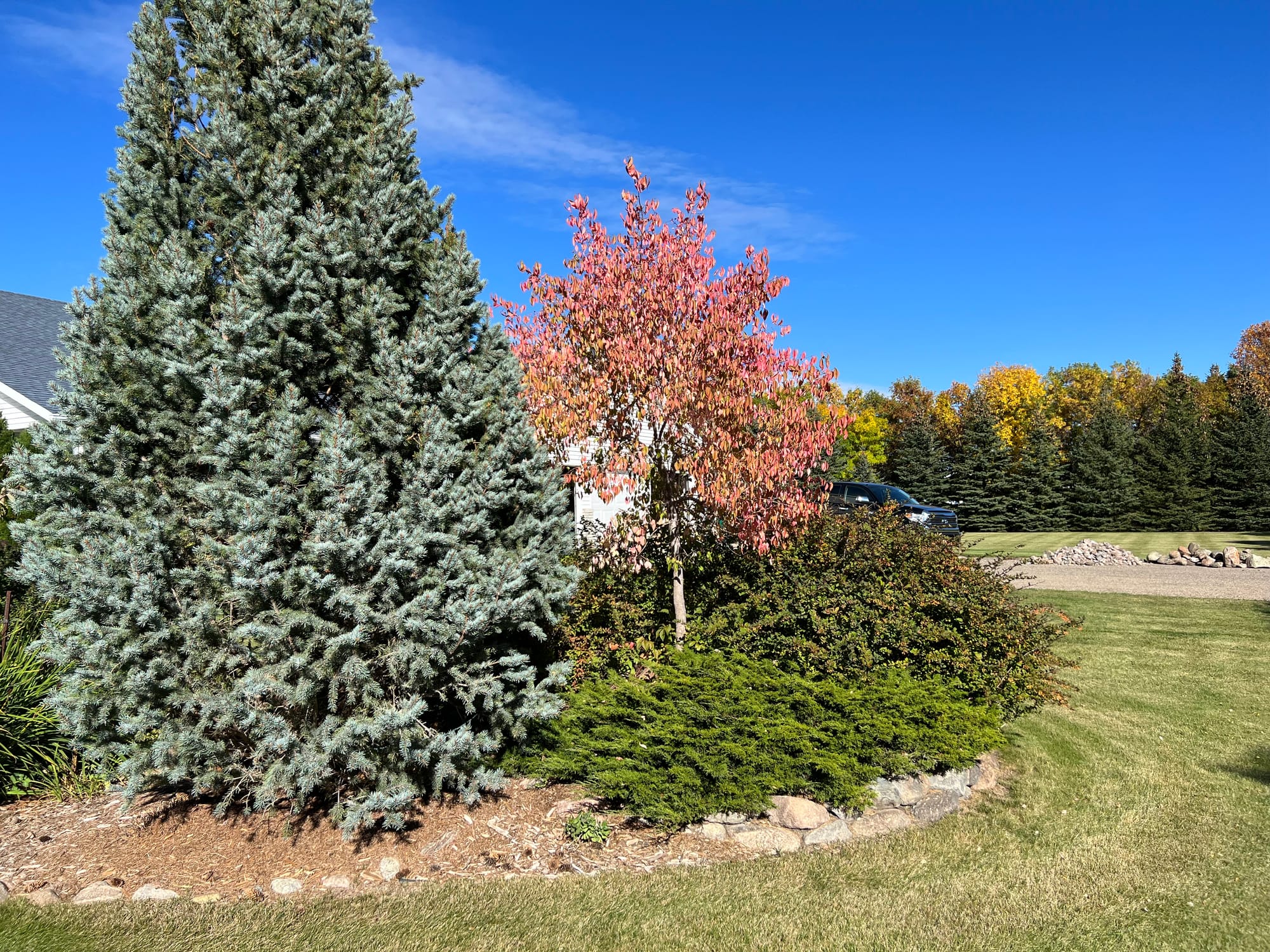
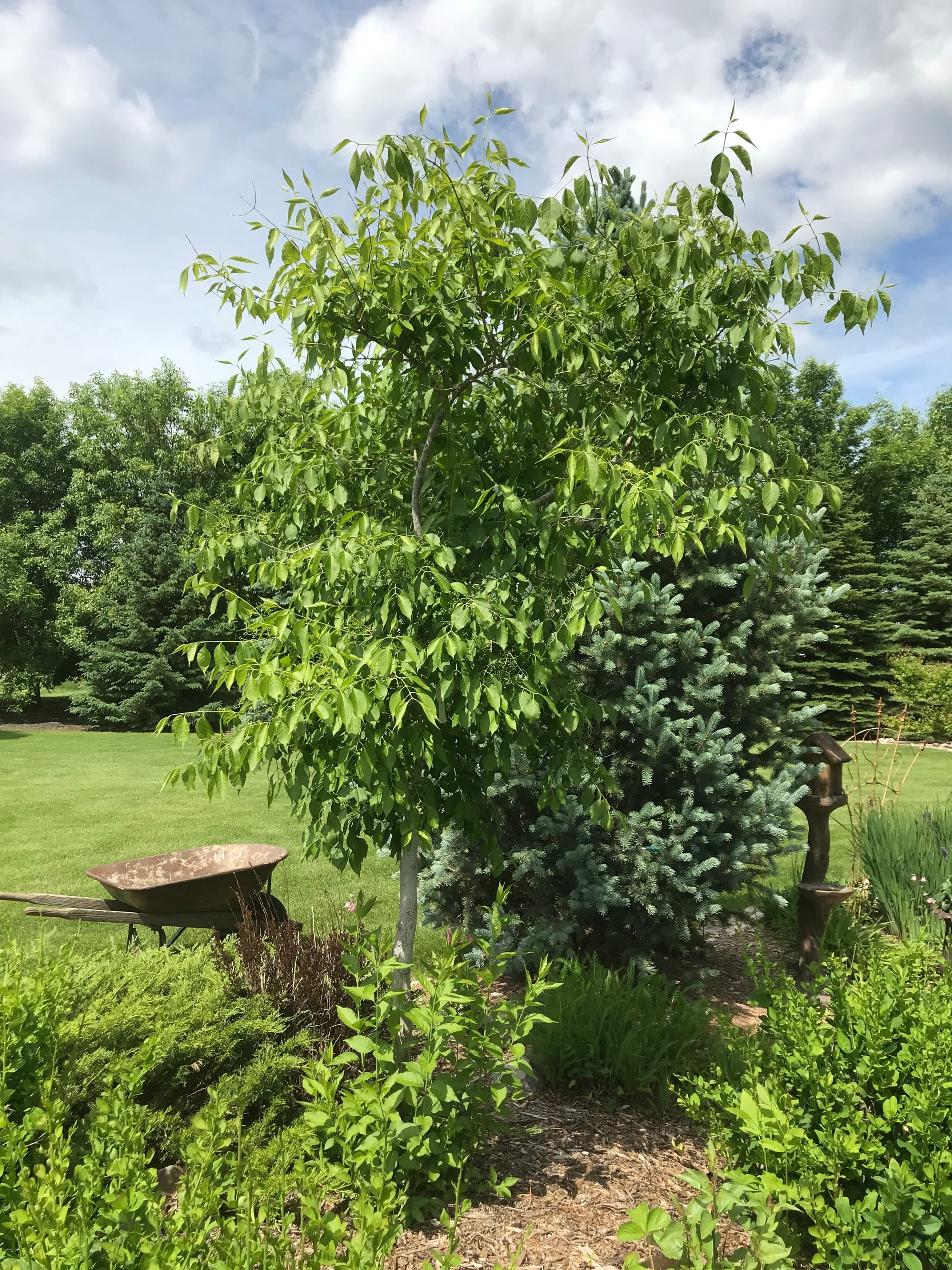
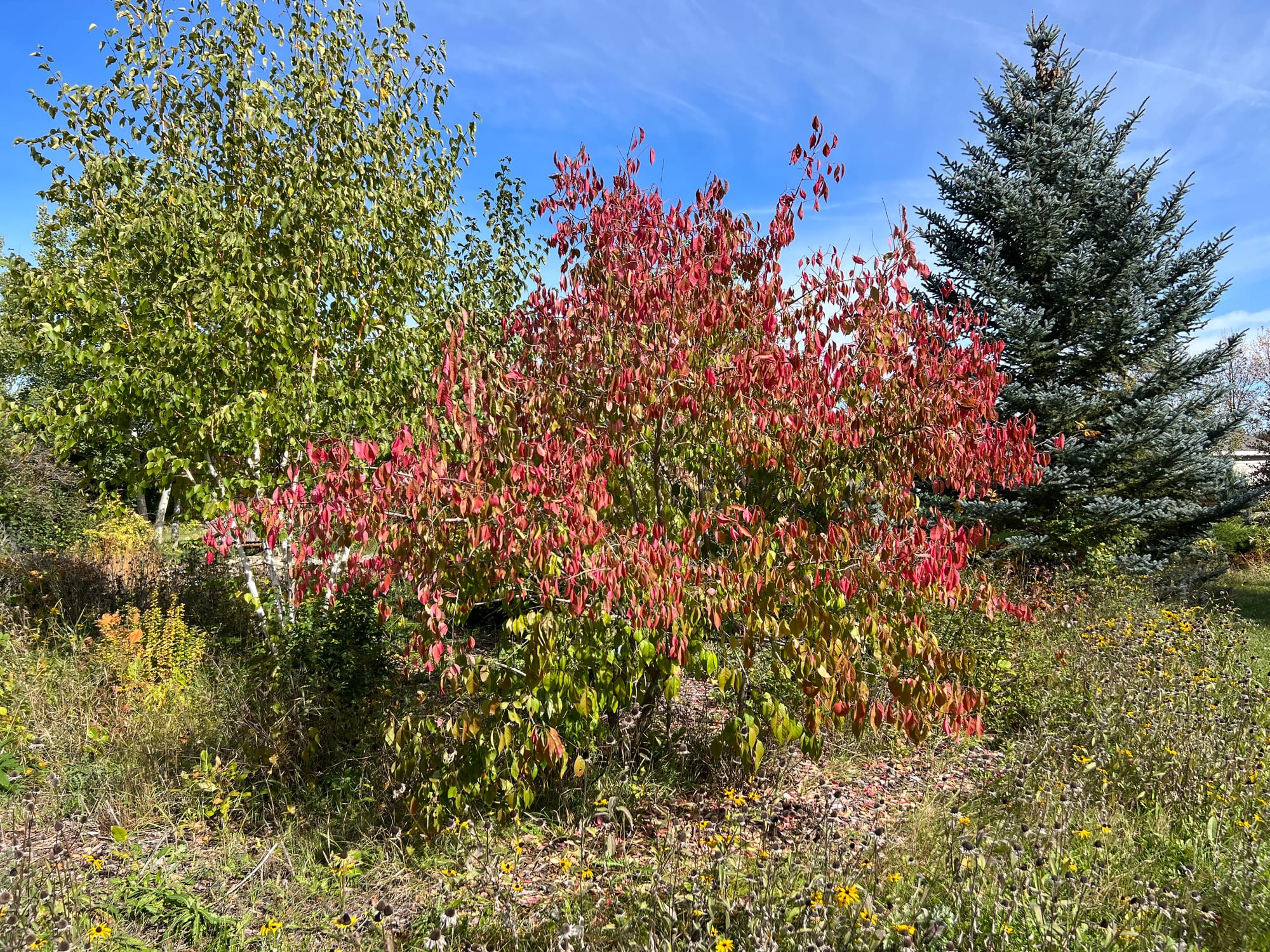
Prairie Radiance Winterberry Euonymus
If you are interested in the Prairie Radiance, you can watch this video, where I've highlighted it with other trees with showy fall colors. Prairie Radiance is also a special tree for me since it is an introduction from North Dakota State University, where I studied horticulture. Dale Herman was my college advisor who studied and named the variety. Thanks, Dale, for passing on your inspiration and appreciation of the woody ornamentals!
Our video shows the process of planting a Dwarf Burning Bush in an existing rock bed. The Burning Bush in the video originated from Monrovia Nursery, which has many excellent quality plants.
Thanks for stopping by Garden Hike!
Kevin
Garden Hike is supported by its audience. When you purchase through links on this site, we may earn a small commission at no additional charge to you. Thank you.
Click A.M.Leonard’s banner below to check out their great selection of tools and supplies.

